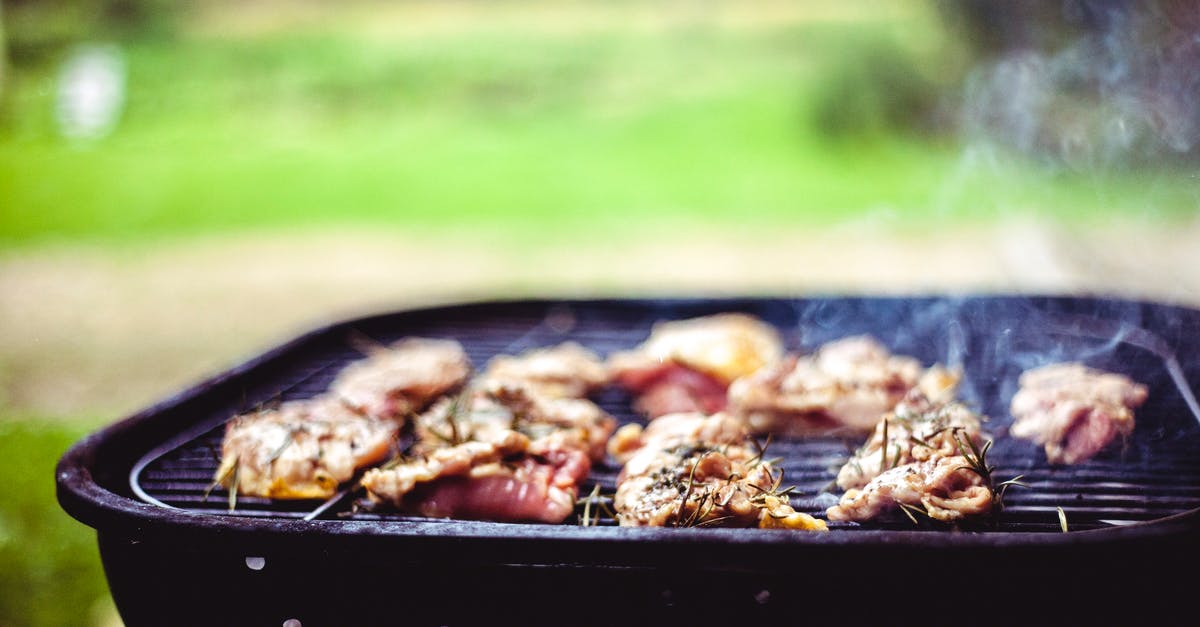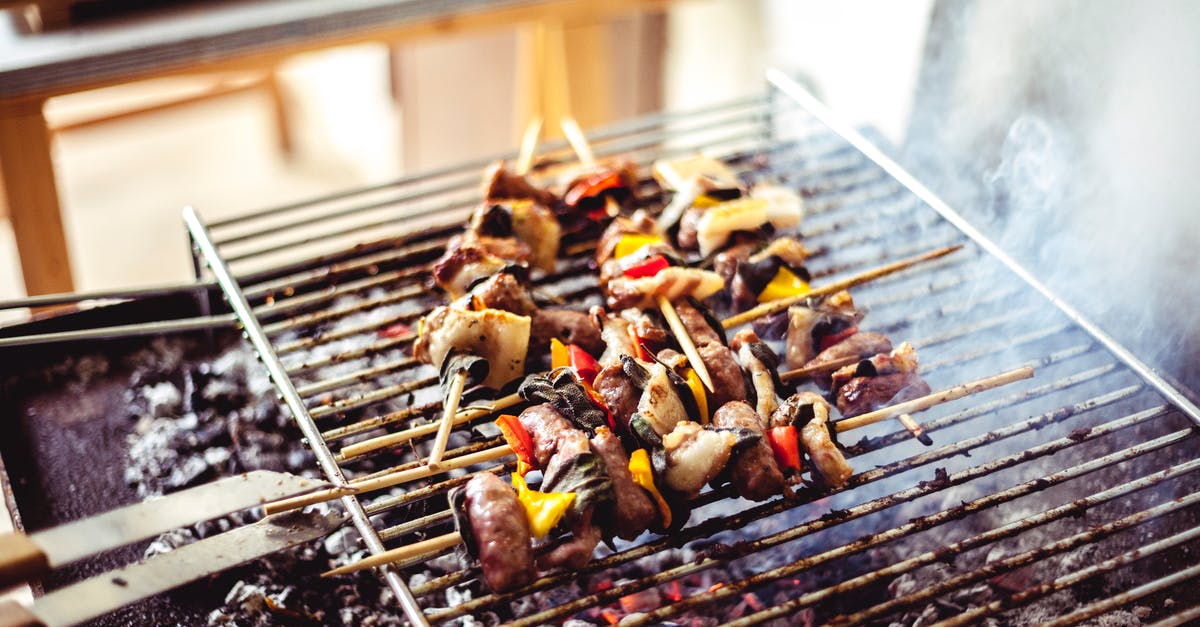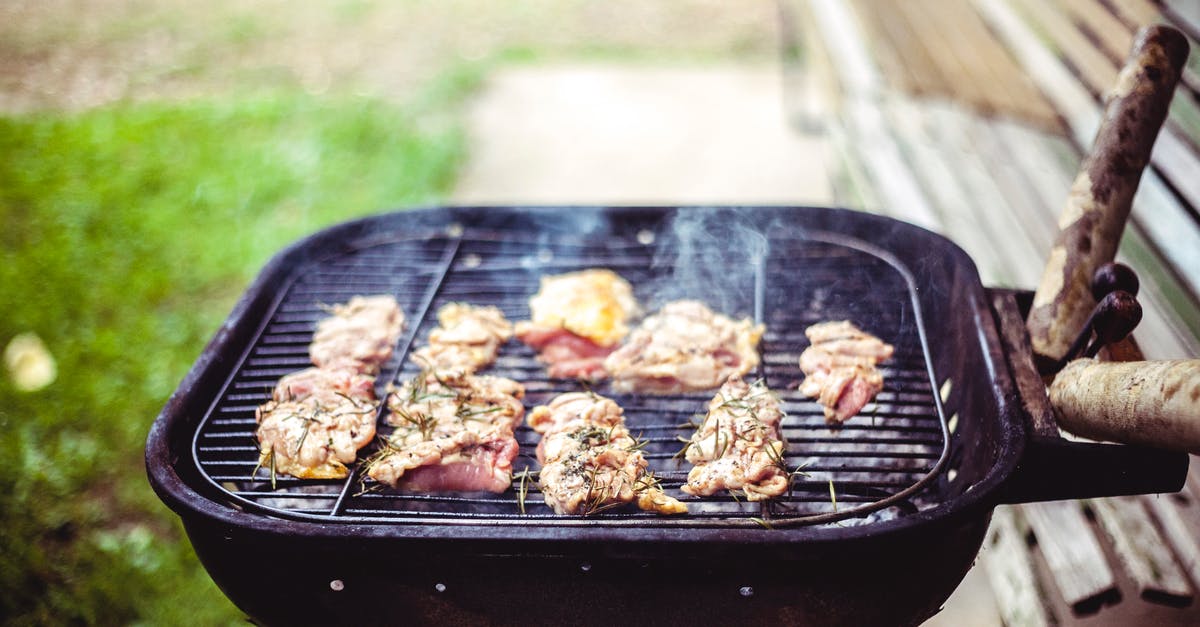Tips for getting a meat loaf to come out just right?

I'm very new to cooking and honestly don't enjoy it all that much, but I am trying to expand my skills beyond very simple foods like tuna helper and chicken, so I thought I would try making a meat loaf as the next step.
However, since I've never made one before, I'm not really sure what I should be looking for in a recipe, or if there's anything I need to know about the preparation that might not be mentioned in a recipe. I'm wondering about things like:
- Does it matter what type of meat I use?
- How do I control how heavy/dense it is?
- How can I make sure that it doesn't fall apart?
- What oven setting should I use so that it cooks all the way through but doesn't burn the outside?
Any other useful tips would also be helpful.
Best Answer
You'll likely do better first trying a recipe, and see how it comes out and we can tell you how to adjust it for your preferences, but a few things to consider when making meatloaf:
Don't squish the meat or work it too much while you're mixing it; you'll end up with a rather dense meatloaf. (unless of course you like that sort of thing).
Some people prefer on fattier grinds of meat for a 'juicier' meatloaf ... I personally go with 85/15 or fattier.
Mixing types of fat with different melting characteristics will also change the texture; for this reason, some recipes call for adding pork sausage, or a blend of ground pork, beef and veal.
Vessel is important -- some people will cook their meatloaf in a loaf pan; personally, I like a little crust on mine, but because of the grease that comes off during baking, I use a broiler pan.
Shape will affect the crust and cooking time -- a larger cross-section will need a longer cooking time, but the top may crust up too much; you can either tent with foil while cooking, coat with a glaze, top with bacon strips, etc.
Mixing the meat while chilled will keep the meatloaf less dense, but allowing it to warm up before cooking will allow it to cook more evenly. (so the outside isn't overcooked while the middle's still cold; especially important if you're not going with a glaze or similar)
Almost any vegetables can be added as a filler, if you pre-cook them to soften and remove most of their moisture so they're not overly wet. Onions, bell pepper, carrots, cellery, dark greens (spinach, chard, etc), summer squash (eg. zucchini, yellow squash) all work well.
To speed up cooking time, or if you're living alone and know you won't eat the whole thing, consider making smaller loaves. You can even make it in a burger patty size & shape for individual servings.
Pictures about "Tips for getting a meat loaf to come out just right?"



How do you get a meatloaf out of the pan?
After letting your meatloaf cool for 10 - 15 minutes, follow this simple technique to remove it from a loaf pan:Why does my meatloaf come out so dense?
Overmixing will make a meatloaf dry and dense. Start by stirring the wet ingredients together. Then add the saut\xe9ed veggies. Now, before starting to mix it all together there like a mad man, just stop.Why does my meatloaf come out mushy?
The main cause of a mushy meatloaf is too much bread and milk for the amount of meat. To fix the issue, try reducing the amount of bread and milk by half. Another fix is to double the amount of meat.James Pays Tribute to Meat Loaf
More answers regarding tips for getting a meat loaf to come out just right?
Answer 2
One thing I've found that helps keep it together is something called Textured Vegetable Protein (TVP). It's a vegetarian protein substitute that comes in a dry crumble (among other forms) that works great to absorb the fats in whatever meat you use. I found about 250mL of TVP to 1L of ground meat works well.
Answer 3
I've never been unlucky enough to make a dry loaf, but I suggest finding a well-regarded recipe and following that. Beyond that: don't squish.
I cook in a 12-inch cast-iron pan, with a hand-shaped loaf in the middle. This gives room for the grease to spread away from the meat without losing it altogether. The cast-iron is easy to clean. Others prefer loaf pans. I suspect that my use of the cast-iron over a loaf pan does the most towards preventing a hard and dry loaf.
Finally, the recipe I have based my loaf on calls for half the dry ingredients and 1/3rd of the egg that I use. In my case, this has not resulted in mushiness. Of course, this doesn't really make the loaf very healthy!
Sources: Stack Exchange - This article follows the attribution requirements of Stack Exchange and is licensed under CC BY-SA 3.0.
Images: Polina Tankilevitch, Francesco Paggiaro, Francesco Paggiaro, Francesco Paggiaro
